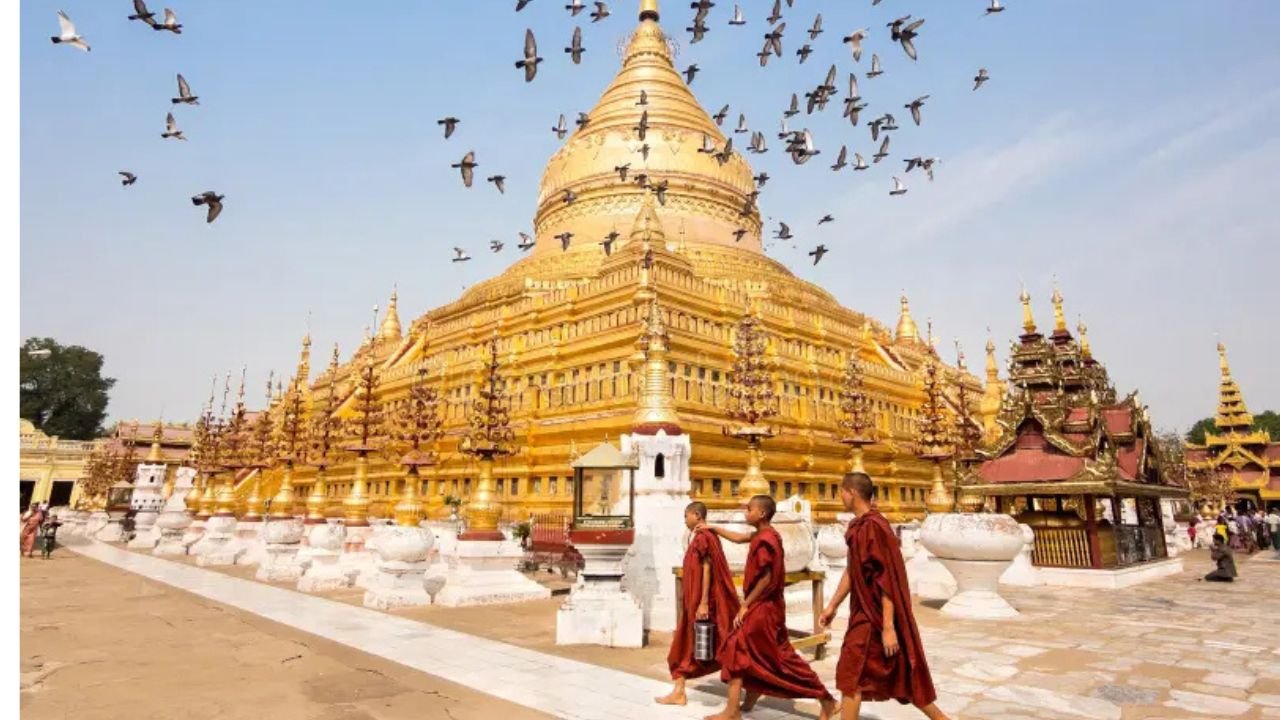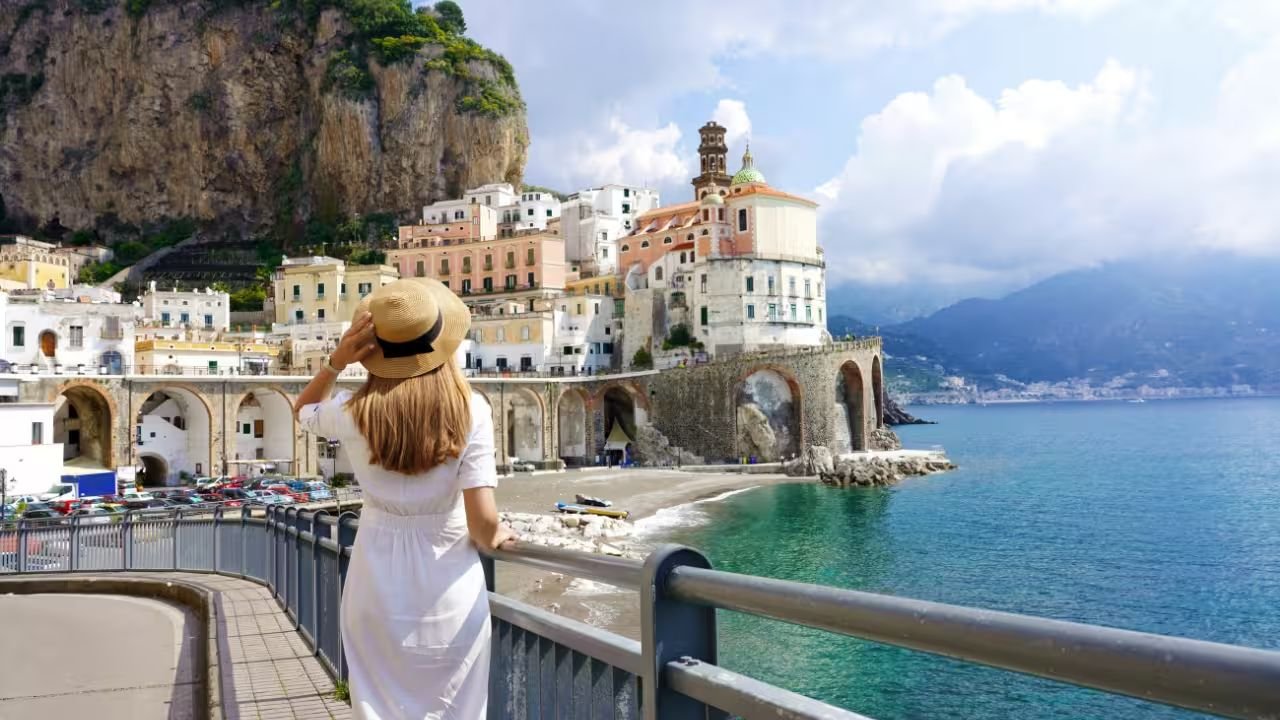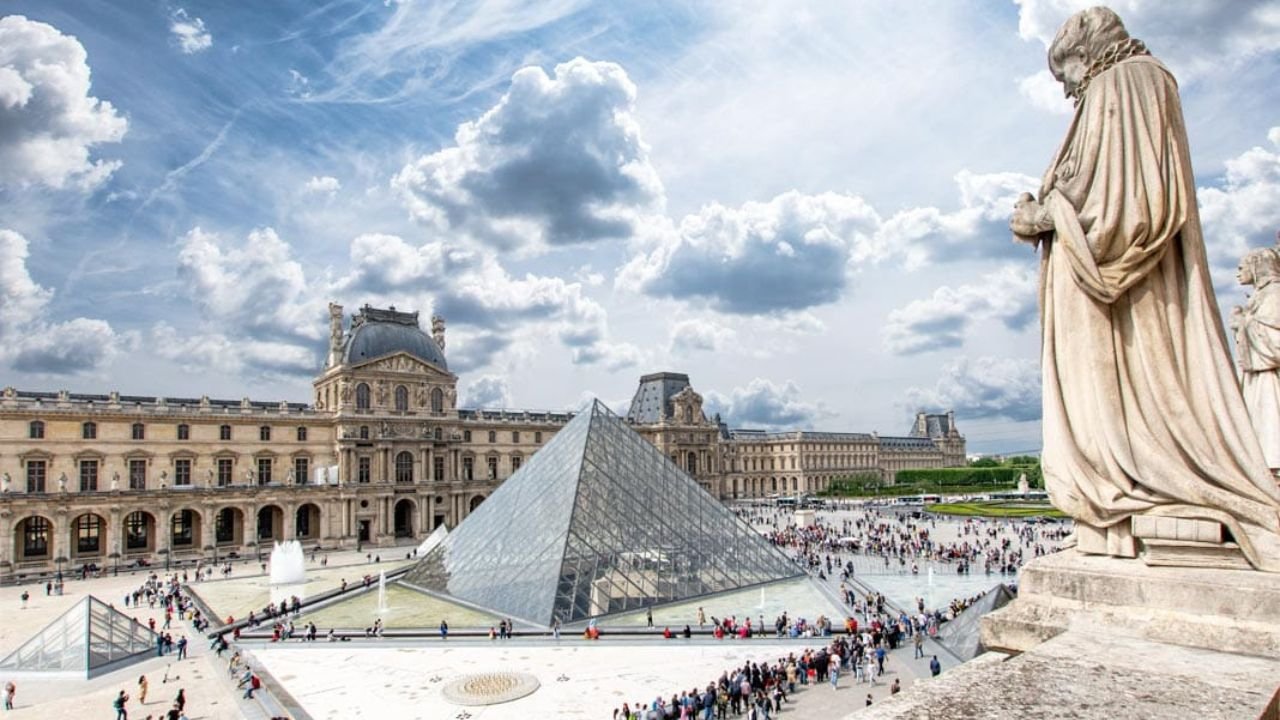Introduction
Nestled along the banks of the Ayeyarwady River in Myanmar lies one of Southeast Asia’s most awe-inspiring archaeological sites—the ancient city of Bagan. Once a thriving kingdom and a center of Buddhist culture, Bagan is renowned for its vast plains dotted with thousands of temples, pagodas, and stupas, many dating back to the 11th to 13th centuries. This sprawling landscape, often called the “City of a Thousand Temples,” offers a mesmerizing glimpse into Myanmar’s rich spiritual and architectural heritage.
The temples of Bagan are not only significant religious monuments but also masterpieces of art and architecture that reflect centuries of devotion, innovation, and cultural exchange. They stand as silent witnesses to the rise and fall of kingdoms, the enduring faith of their builders, and the timeless beauty of Myanmar’s spiritual landscape.
This essay explores the history of Bagan’s temples, their architectural and artistic features, cultural significance, and what it feels like to experience this incredible site firsthand.
Historical Background
The Rise of Bagan
Bagan’s history begins around the 9th century, but it truly flourished between the 11th and 13th centuries during the Pagan Dynasty. Under King Anawrahta (1044–1077), Bagan was established as the capital of a unified Burmese kingdom and became a major religious center. The king and subsequent rulers promoted Theravada Buddhism, encouraging the construction of stupas and monasteries to solidify their spiritual authority.
During this golden age, over 10,000 religious monuments were built across the plain, with an estimated 2,200 still surviving today. The city was not only a political hub but also a vibrant center of learning, art, and culture, attracting monks, pilgrims, and scholars from across Southeast Asia.
Decline and Preservation
The decline of Bagan began in the 13th century, exacerbated by natural disasters, including a catastrophic earthquake in 1975 that damaged many structures. Invasions and shifting political centers led to the region’s decline, but the spiritual significance of the temples endured.
Today, Bagan is recognized as a UNESCO World Heritage Site, and ongoing conservation efforts aim to preserve its monuments while allowing visitors to marvel at its historical and spiritual grandeur.
Architectural Marvels of Bagan
Design and Construction
The temples of Bagan exhibit a variety of architectural styles, primarily influenced by Theravada Buddhism. They generally consist of a central stupa or pagoda surrounded by a complex of smaller shrines, monasteries, and meditation halls.
Constructed mainly from brick, with some made of stone and stucco, the temples showcase intricate carvings, gilded spires, and detailed murals. Many feature terraces, bell-shaped stupas, and ornate entrances.
The Iconography and Art
The walls and interiors of the temples are adorned with murals depicting Jataka tales (stories of the Buddha’s previous lives), scenes from Buddha’s life, and various deities. The sculptures and carvings exemplify a high level of craftsmanship, blending local styles with influences from India and Southeast Asia.
Notable Temples
- Ananda Temple: Often called the “Westminster Abbey of Burma,” this is one of the most revered and well-preserved temples. Built in the early 12th century, its distinctive Greek cross plan, four towering spires, and stunning Buddha images inside make it a highlight.
- Dhammayangyi Temple: The largest temple in Bagan, known for its massive size and unique brickwork. Its construction is attributed to King Narathu, and it features thick walls and a labyrinth of passageways.
- Shwezigon Pagoda: Considered the prototype for many Burmese stupas, it is renowned for its gilded bell-shaped stupa and elaborate decorations.
- Thatbyinnyu Temple: The tallest temple in Bagan, offering panoramic views of the plains, its five-tiered structure exemplifies classic Bagan architecture.
- Sulamani Temple: Known for its detailed murals and decorative stucco work, it reflects a later style influenced by Khmer art.
The Layout of Bagan
The temples are spread across a vast plain covering approximately 42 square kilometers. While some are clustered together, many stand alone amidst open fields, creating a landscape both organized and spontaneous. Visitors often rent bicycles, electric scooters, or take hot air balloon rides to explore these monuments.
Cultural and Religious Significance
A Living Faith
Even centuries after their construction, the temples of Bagan remain active centers of Buddhist worship. Monks perform daily rituals, pilgrims make offerings, and tourists participate in meditation retreats.
Pilgrimage and Festivals
Bagan attracts thousands of pilgrims annually, especially during Buddhist festivals such as the Taungbyone Festival and the Buddha Day celebrations. The temples serve as focal points for rituals, prayers, and community gatherings.
Symbol of Burmese Identity
The temples symbolize Myanmar’s spiritual heritage and national identity. They represent resilience, faith, and the artistic achievements of the Burmese people.
Experiencing Bagan
Visiting the Temples
Exploring Bagan involves walking, biking, or taking guided tours among the hundreds of temples. Early mornings and sunsets are particularly magical, as the light bathes the structures in golden hues, creating breathtaking photo opportunities.
Hot Air Balloon Rides
One of the most iconic experiences in Bagan is a sunrise or sunset hot air balloon ride. Drifting above the plains as hundreds of temples emerge from the mist is an unforgettable moment, offering a panoramic view of the ancient cityscape and the surrounding countryside.
Photography and Art
The ideal time for photography is during the golden hours, capturing the temples against vibrant skies. Many photographers flock here to document the intricate carvings, the silhouettes of stupas, and the dramatic skies.
Local Culture and Cuisine
Beyond the temples, visitors can explore local markets, sample traditional Burmese dishes like Mohinga (fish noodle soup), and learn about the daily life of the local communities.
Conservation and Challenges
Preservation Efforts
UNESCO and the Myanmar government have initiated programs to restore and preserve the temples. Efforts include structural reinforcement, controlling urban development, and promoting sustainable tourism.
Threats to the Site
Rapid tourism, environmental factors, and natural disasters threaten the integrity of Bagan’s monuments. Efforts are needed to balance accessibility with preservation.
The Role of Sustainable Tourism
Visitors are encouraged to respect the site—avoiding graffiti, refraining from climbing fragile structures, and supporting local conservation projects. Community-based tourism initiatives aim to benefit local residents and promote responsible travel.
The Spiritual and Mystical Experience
A Journey of Reflection
Walking amidst the ancient temples, many visitors report a profound sense of peace and connection. The silence, the intricate carvings, and the vast open sky foster reflection on impermanence, faith, and history.
The Power of the Monuments
The physical grandeur and spiritual aura of Bagan evoke feelings of humility and wonder. Watching the sunrise over the plains or meditating within a temple’s shadow reconnects visitors with their inner selves.
The Enduring Legacy
The temples stand as enduring symbols of the Burmese people’s devotion and artistry. Their preservation ensures that future generations can continue to marvel at this extraordinary cultural heritage.
Conclusion
The incredible temples of Bagan are a testament to Myanmar’s historical grandeur, spiritual richness, and artistic mastery. Spanning centuries, these monuments embody the devotion of countless monks and kings who sought to create a sacred landscape that would inspire awe and reverence.
Visiting Bagan is more than sightseeing; it’s a journey through time, a pilgrimage into the heart of Burmese culture, and an encounter with one of the world’s most extraordinary archaeological wonders. As the sun rises over the plains and the golden stupas gleam, the timeless spirit of Bagan continues to captivate all who witness its splendor.
Preserving this heritage for future generations is a shared responsibility, ensuring that the miracles of Bagan remain a symbol of faith, resilience, and artistic brilliance for centuries to come.




